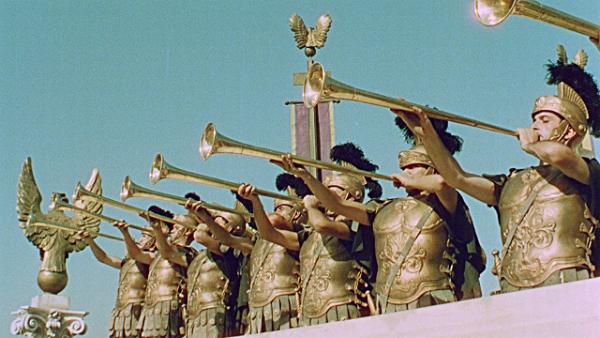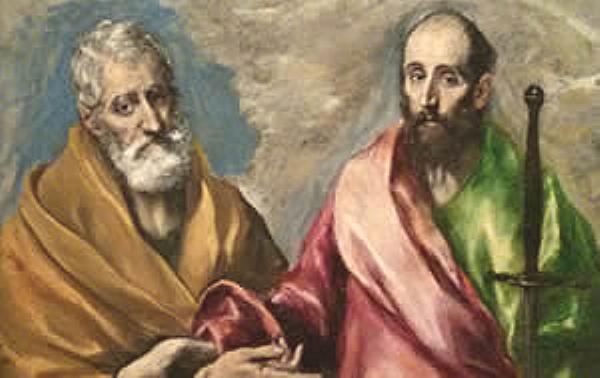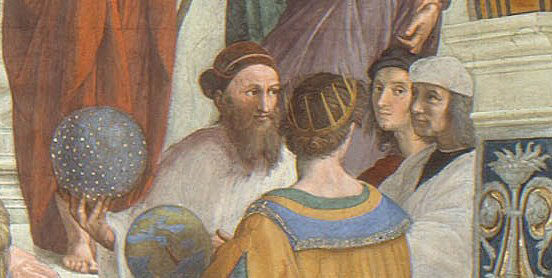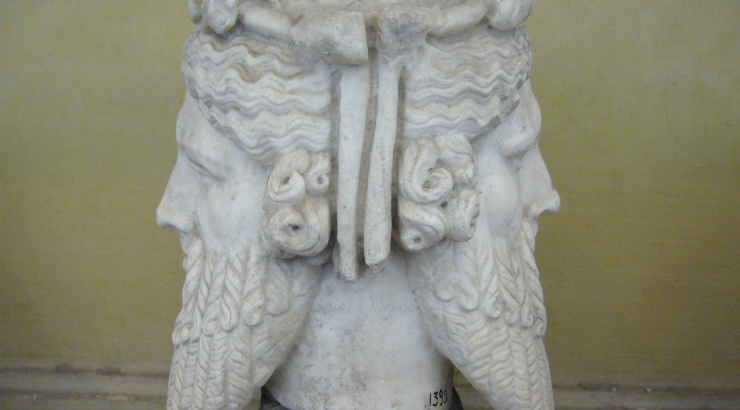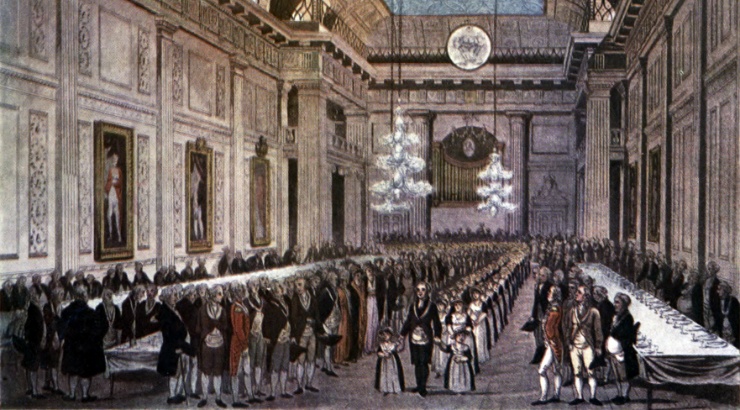For the ancient Romans a new day would begin at midnight, for the Greeks it would start at sunset and for the Egyptians at dawn.
The hours are an ancient invention and were codified by the Greeks in the 5th century B.C. by measuring the distance that the sun covers in the sky.
But it took the Romans around two hundred more years to eventually feel the need to count the number of hours present in the day and another century after that, to finally define them with some precision.
Until the end of 400 B.C. the Romans were still dividing the day in two parts rather than into hours; one part was that period of light that came before midday, the other part was filled with the hours of darkness.
In ancient Rome “Herald” was the title given to an official messenger of the Consuls. The one, who was posted high up on a hill, would monitor the passage of the sun at its meridian point and then instantly notify the population by blowing his trumpet. That signal indicated that labour – which had begun at dawn – could now be stopped.
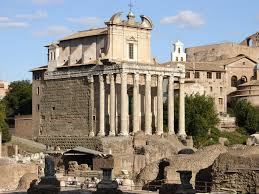
The Spanish born Roman lawyer and politician Seneca, better known for his philosophical discourses and letters, stated that at the time of the Roman Empire no one knew the exact time. The lack of precision of the mechanical gadgets that were in use – like the Greek sun-dialler and the water clock or “clepsydra” [1] – made such a thing impossible. But so too did the following idiosyncrasies.
Continue reading The Masonic Lodge : an explanation of the traditional opening hour

